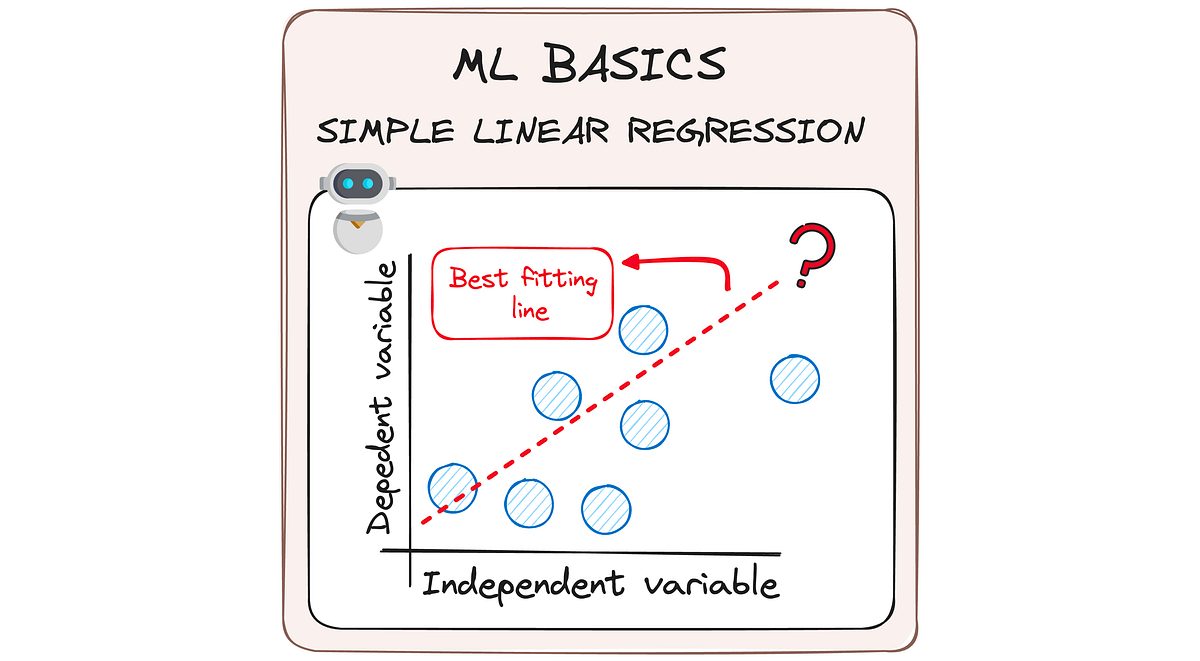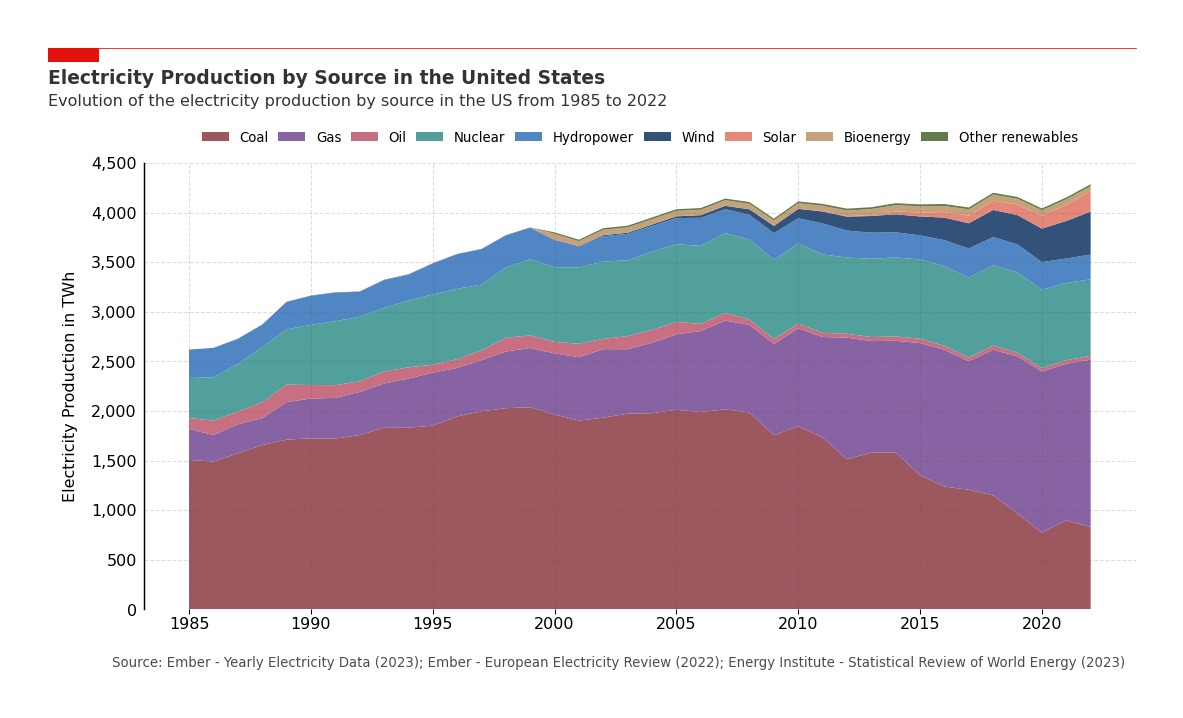Luca Naef (VantAI) 🔥What are the biggest advancements in the field you noticed in 2023? 1️⃣ Increasing multi-modality & modularity — as shown by the emergence of initial co-folding methods for both proteins & small molecules, diffusion and non-diffusion-based, to extend on AF2 success: DiffusionProteinLigand in the last days of 2022 and RFDiffusion, AlphaFold2 and…











